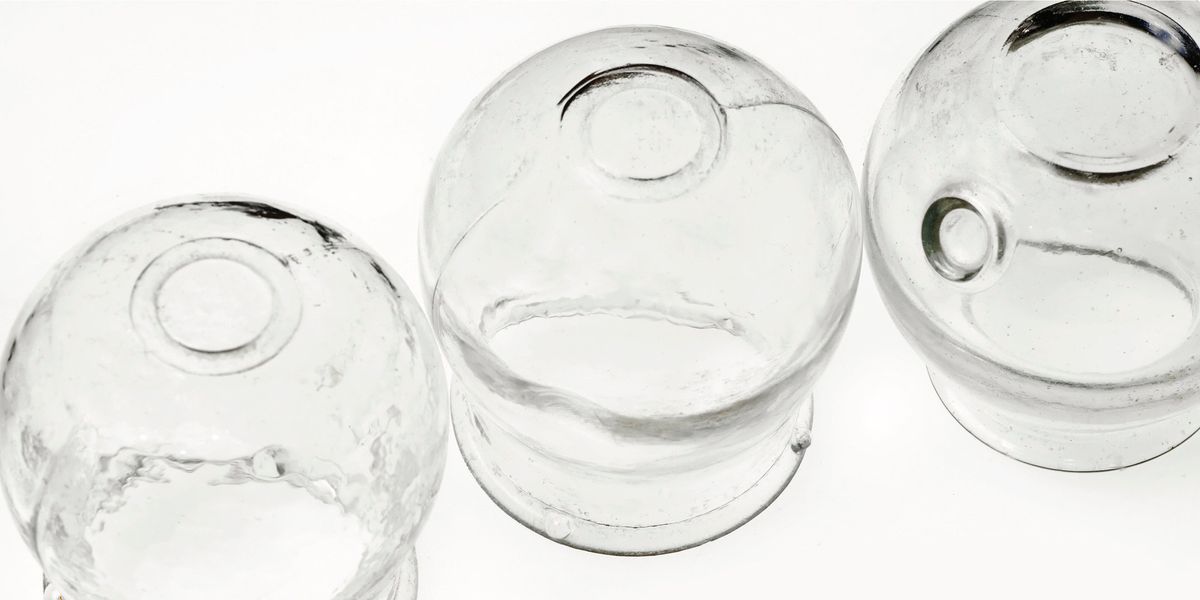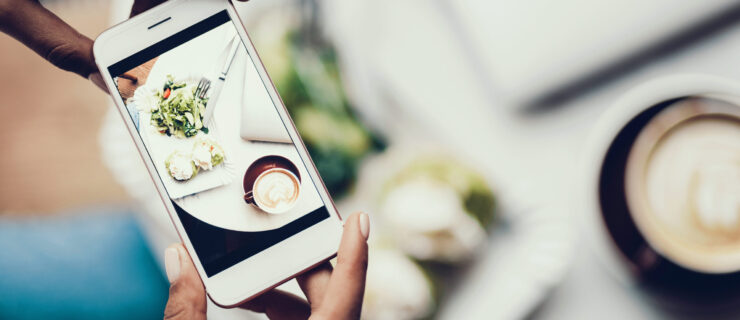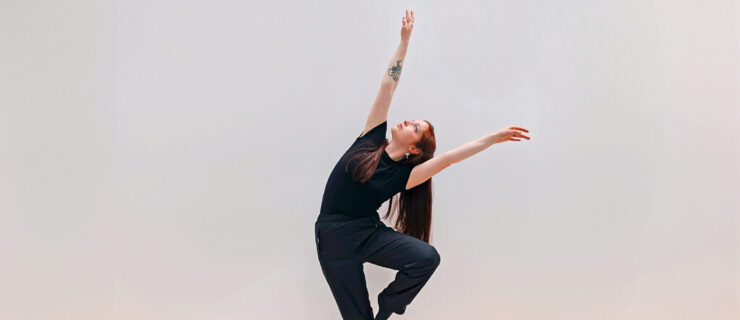Everything Dancers Need to Know About Cupping
Ever since starting her professional career, Broadway dancer Amber Ardolino has cupped. Using the holistic wellness practice to improve performance and take care of her body, Ardolino cupped before it was cool—even beating the 2016 Rio Olympics’ purple polka-dotted athletes to the punch. But Ardolino’s only one dancer who has put this therapy to regular use. Dance Spirit asked Carrie Gaerte, PT, DPT, ATC, and performance rehab specialist with St. Vincent Sports Performance who works with Indianapolis’ Dance Kaleidoscope; and Thomas Droge, Chinese-medicine doctor and founder of Pathfinder Institute in NYC, to explain the ins and outs of cupping therapy.
 Amber Ardolino in “Hamilton” (courtesy Ardolino)
Amber Ardolino in “Hamilton” (courtesy Ardolino)
What Is Cupping?
Cupping is an ancient Chinese technique used to stimulate blood flow and relieve muscle tightness. As specialized cups are suctioned to the skin, soft tissue expands into the chamber above, creating a sensation vacuum and effect similar to that of a deep-tissue massage—but in the opposite direction.
Gaerte explains that most of the tools dancers have to release tension and combat stiffness, such as hands, foam rollers, and tennis balls, rely on compression. “Cupping is the only soft-tissue mobilization tool that can decompress the skin and underlying fascia and mobilize it in a different dimension.” Used in conjunction with other methods, cupping helps facilitate better-functioning muscles.
“The reason physical therapists and trainers give dancers soft-tissue mobilization tools is to prevent injury of aggravated tissue,” Gaerte says. “There’s not a muscle dancers don’t use, and the more you can keep your muscles supple, the more easily you’re going to move, and the better you’re going to perform.”
Often, Ardolino incorporates cupping into her pre-show routine. “I usually get cupped before a show to send energy to the muscles that need it, especially if I’m feeling fatigued before a performance,” she says.
 Ardolino backstage, showing off her cupping marks (courtesy Ardolino)
Ardolino backstage, showing off her cupping marks (courtesy Ardolino)
What Does It Do?
In Chinese medicine, cupping is believed to stimulate circulation of both blood and qi—the vital energy flowing through all living things. When both blood and qi flow freely, the body receives the energy it needs to function in full health. When they don’t,
injuries and illnesses—both physical and mental—are believed to be more likely to occur. “We use cupping for everything from emotional trauma to physical trauma because the body and the mind are connected,” Droge says. In essence, where there is pain, there is stagnation.
Yet through circulation-boosting therapies like cupping, blood and qi are drawn to stuck areas. “As you pull the muscle
tissue into the cup, the qi and the blood move aggressively towards that space,” Droge explains. “The stagnation that’s accumulated then unblocks and releases.”
As the cups are removed from the skin, circles of temporary discoloration appear below the treated area. Chinese medicine practitioners believe that the darker the circle, the greater the release of the trauma at that site and the better that area will function.
From a Western viewpoint, cupping is a form of myofascial release—a release in the connective tissue that lies between your muscles and your skin. “There are a lot of nerve endings embedded in this fascial layer,” Gaerte explains. “Most people don’t realize that tightness in the fascia can actually be more bothersome than injuries to the actual muscle.”
Cups are placed on overused areas, working to release trigger points, or knots, in the tissues below. Gaerte explains that bruising of the treated area is not necessary for therapeutic effect. The appearance of each mark depends on factors such as the sensitivity of the tissue, the intensity of the suction, and the length of time the cups are in place.
How Should It Be Used?
With dancers, Gaerte uses cupping to treat chronic muscular pain, tendonitis, and other tendon injuries, as well as any area with restricted range of motion. Traditionally, cupping is used to treat everything from muscle stiffness and emotional release to pneumonia and cramps.
To be treated, it’s best to see a practitioner certified in cupping—not to cup on your own. By working with a professional, you can better determine what techniques work best for you. “But keep in mind, cupping is not a cure-all,” Gaerte says. “It’s just another tool.”
A version of this story appeared in the February 2019 issue of
Dance Spirit with the title “The Cupping Craze.”




